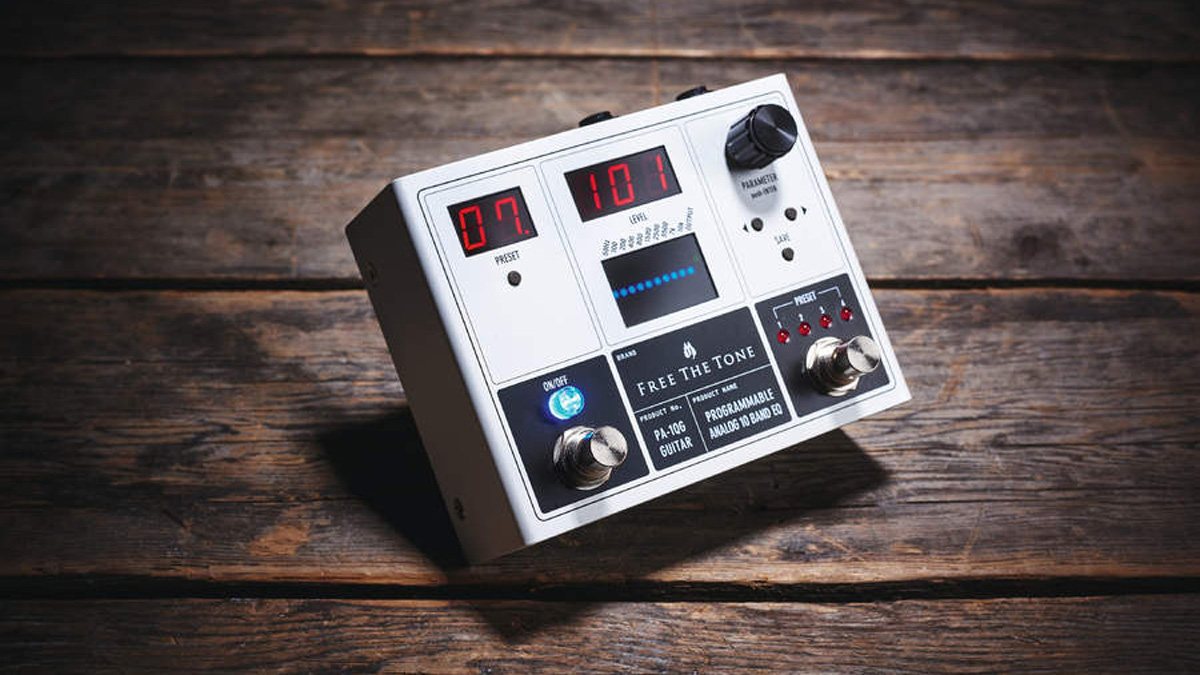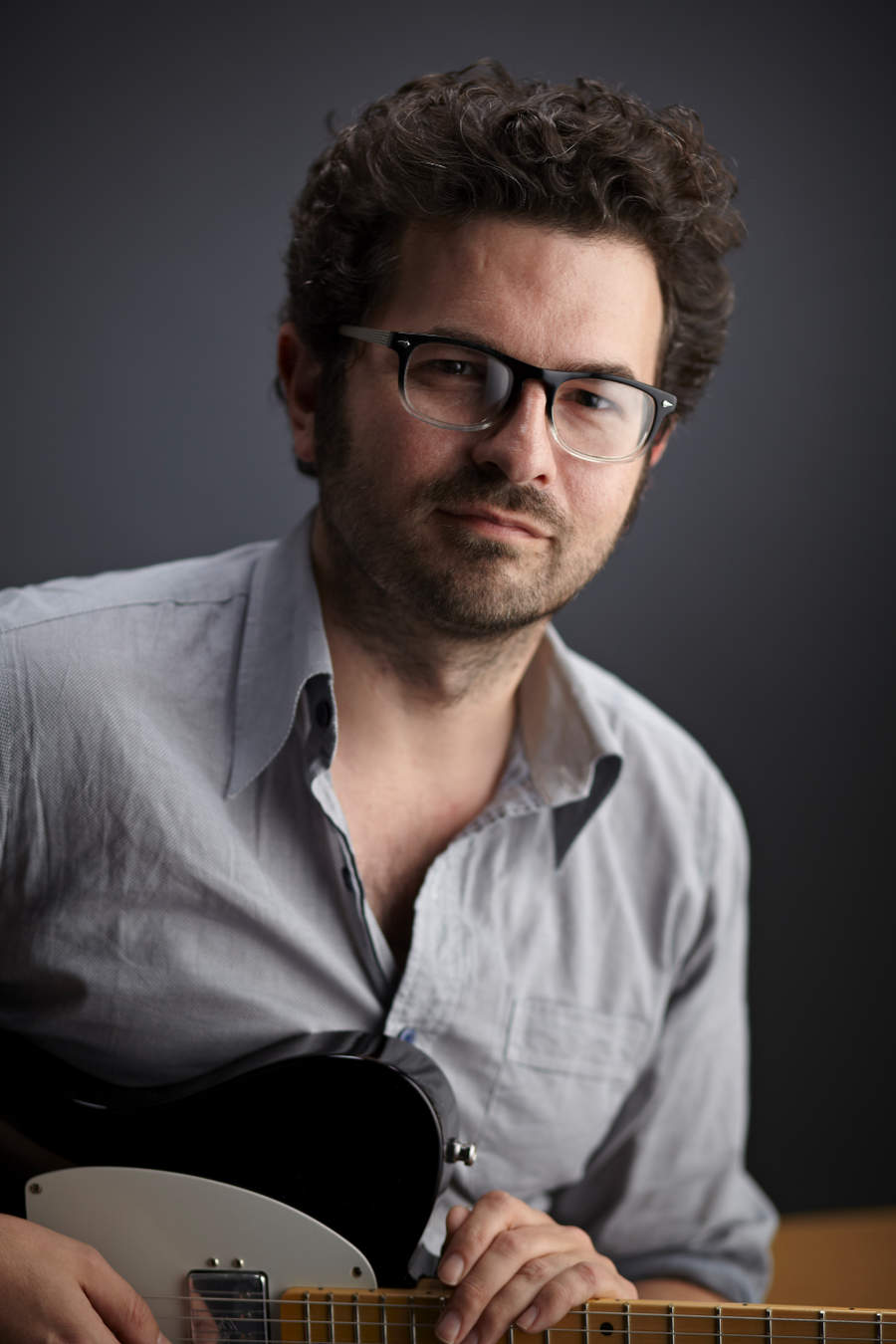MusicRadar Verdict
If you approach tone like a watchmaker rather than an impulsive sculptor, this is the tool for you.
Pros
- +
High-quality analogue EQ circuitry.
- +
Precise, wide-ranging programmable control over settings.
Cons
- -
A little fiddly to dial in.
- -
Quite a salty pricetag.
MusicRadar's got your back
Yuki Hayashi, the talented designer behind the Free The Tone, is known for his meticulous approach to building effects and his recent products, such as the Ambi Space Reverb, have aimed to squeeze rackmount-quality effects into a compact pedal.
It’s this audiophile end of the market that the new PA-1QG Programmable Analog EQ is aimed at. It’s a 10-band EQ that combines the programmable memory of a digital device with the top-notch sonics of fully analogue EQ circuits. As you’d expect, the 10 frequency bands that this pedal governs have been chosen specifically for optimal use with electric guitar.
The beauty of digital memory, here, is that you can dial in and store up to 99 favourite EQ settings for all kinds of musical applications: from simply boosting the volume level of a quiet guitar to beefing up the midrange of your Fender Strat, for example.
There is a useful plus or minus 12dB of boost or cut on tap for each discrete frequency range, too. Used as a standalone pedal, the PA-1QG permits you to store and cycle through four EQ presets at a time. During editing, the arrow keys move you between the frequency bands displayed on the small, backlit display, while the rotary knob (which you push down to engage the edit mode) alters levels and can also be used to route presets to internal storage or map them to an external MIDI controller.
In fact, the pedal is at its best when used with MIDI-capable switching units, such as TheGigRig G2, allowing you to map dozens of EQ presets on the PA-1QG to groups of multiple effects, providing instant, dedicated EQ to each one.
Sonically, the quality and level of control offered by the PA-1QG was superb: from adding a sparkle and spritz to muddy pickups to injecting juicy midrange to overdriven lead sounds, we couldn’t fault the degree of control offered here - though we found the cursor-and-dial interface a trifle pernickety to operate, making it harder to find an EQ sweet spot in a swift, intuitive way.
Want all the hottest music and gear news, reviews, deals, features and more, direct to your inbox? Sign up here.
Jamie Dickson is Editor-in-Chief of Guitarist magazine, Britain's best-selling and longest-running monthly for guitar players. He started his career at the Daily Telegraph in London, where his first assignment was interviewing blue-eyed soul legend Robert Palmer, going on to become a full-time author on music, writing for benchmark references such as 1001 Albums You Must Hear Before You Die and Dorling Kindersley's How To Play Guitar Step By Step. He joined Guitarist in 2011 and since then it has been his privilege to interview everyone from B.B. King to St. Vincent for Guitarist's readers, while sharing insights into scores of historic guitars, from Rory Gallagher's '61 Strat to the first Martin D-28 ever made.

